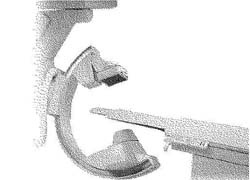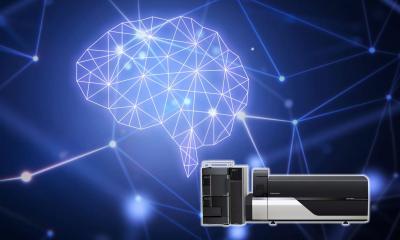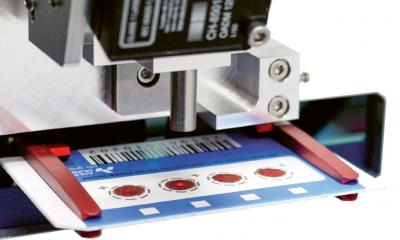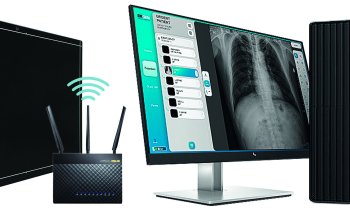The flat panel detector
High Quality still and fluoroscopic images despite reduced X-ray radiation
Japan's first X-ray images were taken in 1896 - just months after Roentgen's discovery - by Professor Muraoka, of Kyoto University, and Genzo Shimadzu Jnr.

110 years later, the company Shimadzu is well established in the global diagnostics arena with its computer tomography, digital subtraction angiography (DSA), cardiovascular systems, digital radiography & fluoroscopy systems, ultrasound and general radiography equipment. Recent developments include angiography systems with C-arm rotation speeds of up to 60 degrees/second, digital colour Doppler ultrasound units and mobile X-ray systems - and the Safire flat-panel detector (FPD), the world’s first large field flat panel detector to convert X-rays directly into electronic signals using amorphous selenium.
Available in two sizes (9x9 inches and 17x17 inches), Safire’s top layer is an X-ray conversion film. When X-rays pass through a patient’s body, this uses amorphous selenium to convert the X-rays directly into electric signals. A TFT (thin-film transistor) array then picks up the signal from each pixel and immediately transfers it to the processing system, to create clearer high-resolution images with less signal deterioration than those from an indirect-conversion flat panel. Noise is also reduced and dosage exposure is ‘dramatically reduced’, Shimadzu points out. With greater sensitivity than conventional X-ray films, Safire can produce still and fluoroscopic images that are qualitatively equal to, or better than film, even when the X-ray radiation emission is reduced from half to a third of a conventional X-ray examination.
For these reasons the firm predicts: ‘Current image amplifier technology, inferior in image quality and dose efficiency, will soon become obsolete.’
01.03.2006











